Gene knockout mouse models are beneficial for insight into key genetic mechanisms, accelerating your research. Discover gene functions, understand disease pathogenesis, and advance drug development processes.

Characteristics of the Cas9 method

Characteristics of ES cell targeting technology

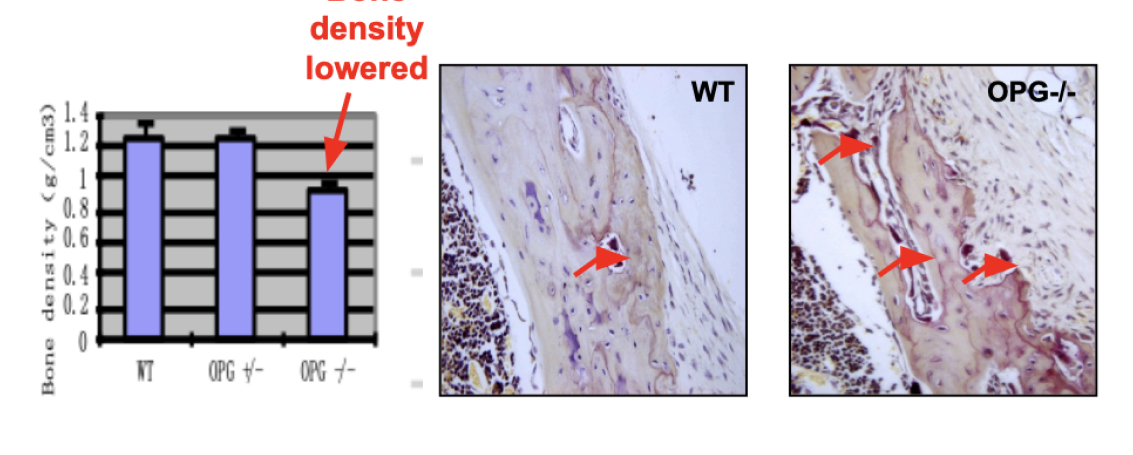
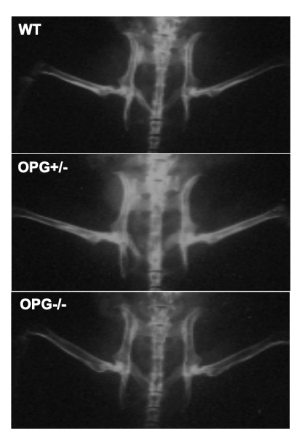
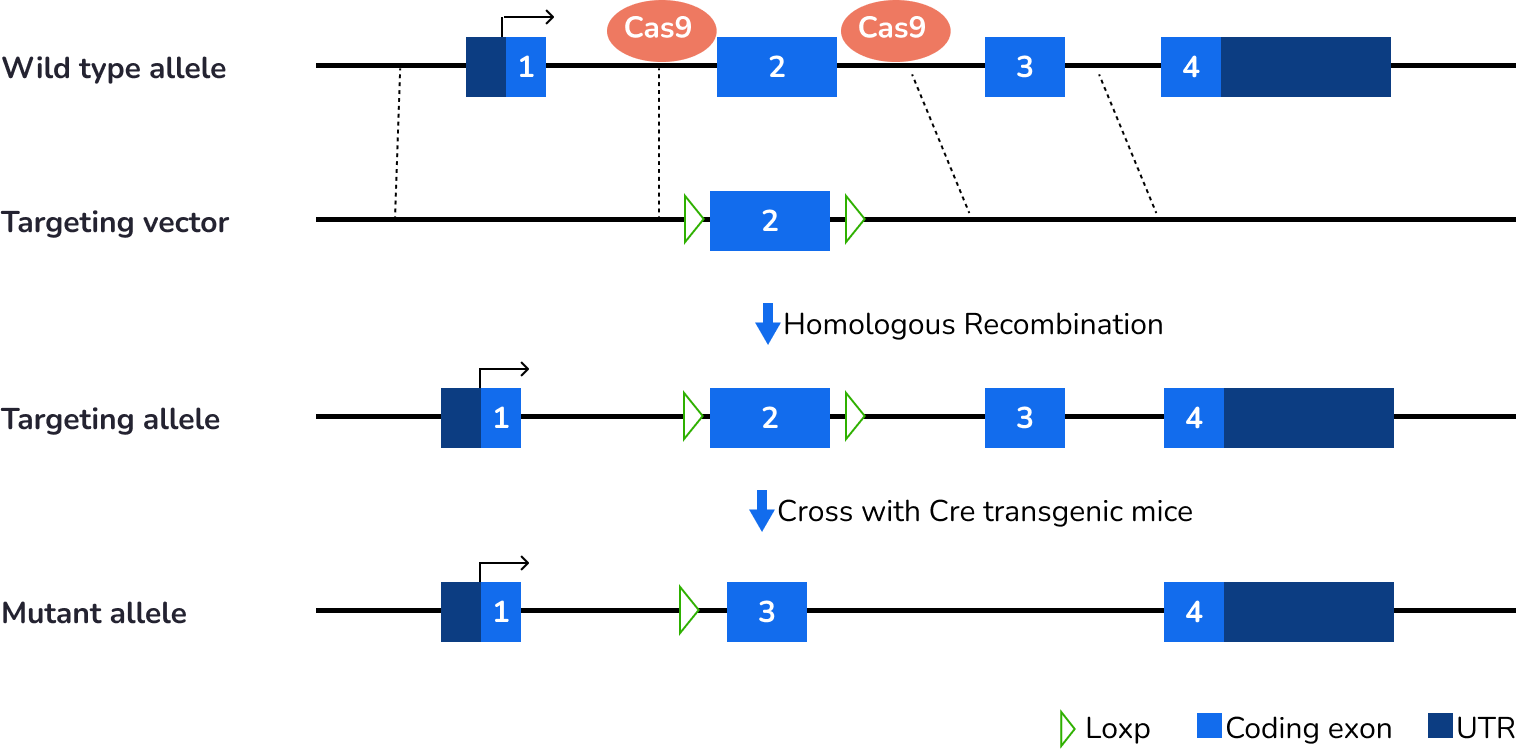
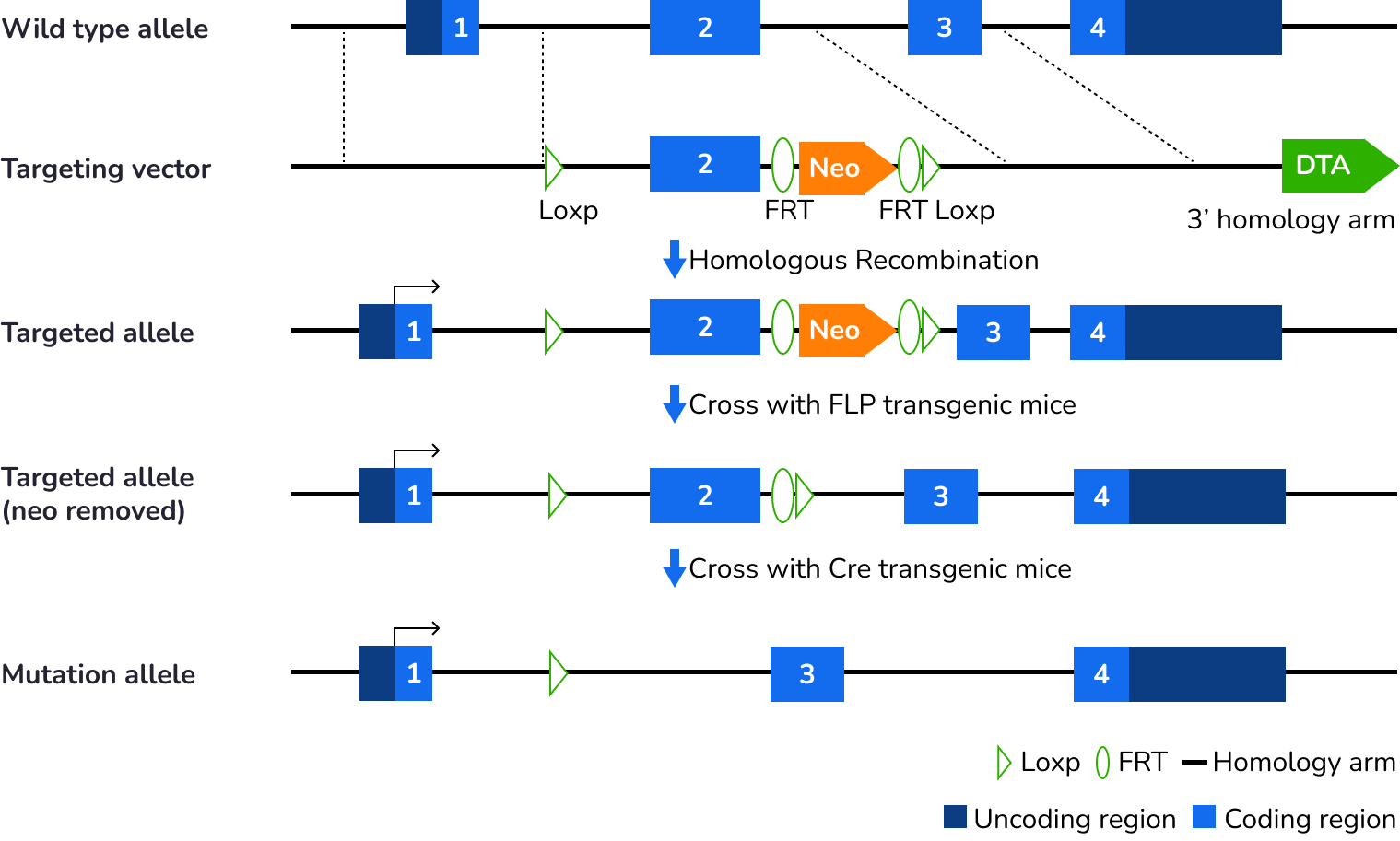


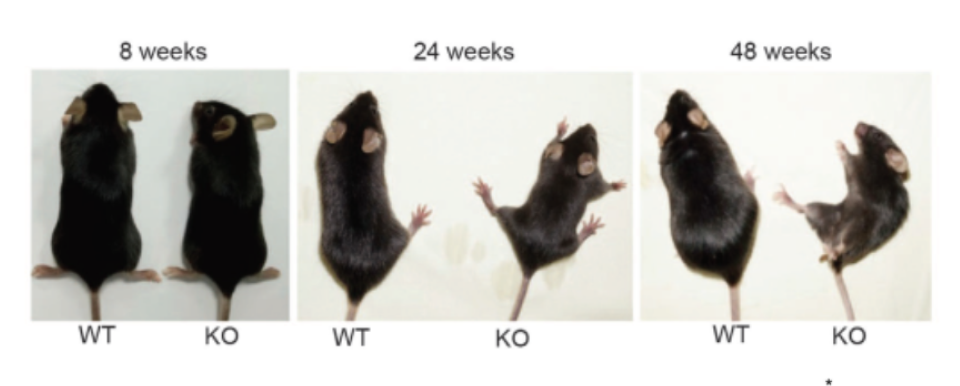
Please fill in the order form and we will contact you within 2 working days.